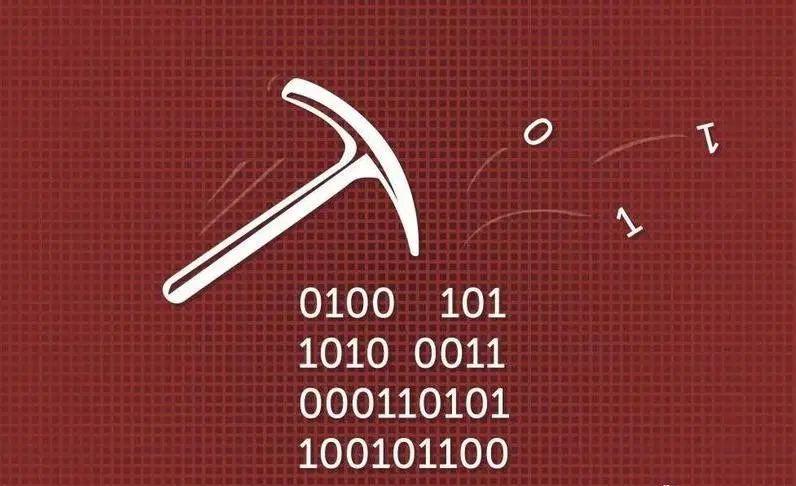The relentless march of technological progress doesn’t pause for bear markets. As we hurtle toward 2025, the world of cryptocurrency mining continues its evolution, demanding ever-greater efficiency from the machines that power the blockchain. For those seeking to maximize their returns in the digital gold rush, understanding the landscape of available mining hardware is paramount. This guide delves into the most efficient crypto mining machines expected to dominate the market in 2025, considering not only raw hash rate but also crucial factors like power consumption, cooling solutions, and long-term profitability. But before we dive into the specifics, let’s briefly touch upon the broader ecosystem that makes these machines relevant.
Cryptocurrencies, from the pioneering Bitcoin (BTC) to the innovative Ethereum (ETH) and the meme-powered Dogecoin (DOGE), have fundamentally reshaped the financial landscape. These digital assets rely on complex cryptographic algorithms, secured by a distributed network of miners verifying transactions. This process, known as mining, requires significant computational power, provided by specialized hardware like ASICs (Application-Specific Integrated Circuits) and powerful GPUs (Graphics Processing Units). The most efficient mining machines are those that can perform these calculations with the lowest possible energy consumption, thus maximizing profit margins. The stakes are high, and the competition is fierce.
The interplay between these cryptocurrencies and the physical machines is key. Bitcoin, with its SHA-256 algorithm, is largely dominated by ASIC miners. Ethereum, while transitioning to Proof-of-Stake (PoS), still has a legacy of GPU mining and may see forks maintaining Proof-of-Work (PoW). Dogecoin, often mined in conjunction with Litecoin using AuxPoW, also benefits from optimized ASIC hardware. Understanding which algorithm each coin uses dictates the type of hardware best suited for mining it.
Beyond the individual miner, large-scale mining operations, often referred to as mining farms, are becoming increasingly prevalent. These facilities house vast arrays of mining machines, requiring significant infrastructure investment and expertise in power management, cooling, and network connectivity. For individuals or smaller organizations, mining machine hosting services provide a viable alternative. These services offer access to the infrastructure and expertise needed to run mining operations efficiently, without the upfront capital investment of establishing a dedicated mining farm.

Exchanges play a vital role, acting as the primary gateways for buying, selling, and trading cryptocurrencies. The liquidity and accessibility provided by exchanges drive demand and influence the profitability of mining. A healthy exchange ecosystem is crucial for miners to easily convert their earned cryptocurrency into fiat currency or other digital assets. As the cryptocurrency market matures, exchanges are also evolving, offering increasingly sophisticated trading tools and services, further integrating into the broader financial landscape.
Now, let’s shift our focus to the hardware itself. Predicting the exact specifications of the most efficient mining machines in 2025 is an exercise in forecasting technological advancements. However, several key trends are already evident. Expect to see continued advancements in ASIC technology, with smaller manufacturing processes (e.g., 3nm or even 2nm) enabling higher hash rates and lower power consumption. Immersion cooling, which involves submerging mining machines in a non-conductive fluid, will become increasingly common, allowing for greater density and improved thermal management. Moreover, expect to see more sophisticated power supplies and monitoring systems that optimize energy usage in real-time. The manufacturers who can successfully integrate these innovations will undoubtedly lead the market.
The specific coins that will be most profitable to mine in 2025 remain uncertain, as market dynamics and algorithm changes can dramatically impact profitability. However, Bitcoin will likely continue to be a major player, attracting significant investment in cutting-edge ASIC miners. Ethereum, depending on the success of its PoS transition and the emergence of viable PoW forks, may continue to offer mining opportunities, albeit potentially with different hardware requirements. And while Dogecoin’s long-term prospects are speculative, its sustained popularity could drive demand for efficient mining solutions tailored to its specific algorithm.
Choosing the right mining machine is a complex decision that requires careful consideration of various factors, including initial cost, hash rate, power consumption, cooling requirements, and the expected profitability of the target cryptocurrency. Before investing, it is essential to conduct thorough research, consult with experienced miners, and carefully model potential returns based on realistic assumptions. The cryptocurrency mining landscape is dynamic and competitive, and success requires a combination of technological expertise, financial acumen, and a keen understanding of market trends.

In conclusion, navigating the world of crypto mining in 2025 will require a deep understanding of the interplay between cryptocurrencies, mining hardware, and the broader ecosystem. The most efficient mining machines will be those that can maximize hash rate while minimizing power consumption and cooling costs. By staying informed about technological advancements and market trends, miners can position themselves for success in this ever-evolving landscape.